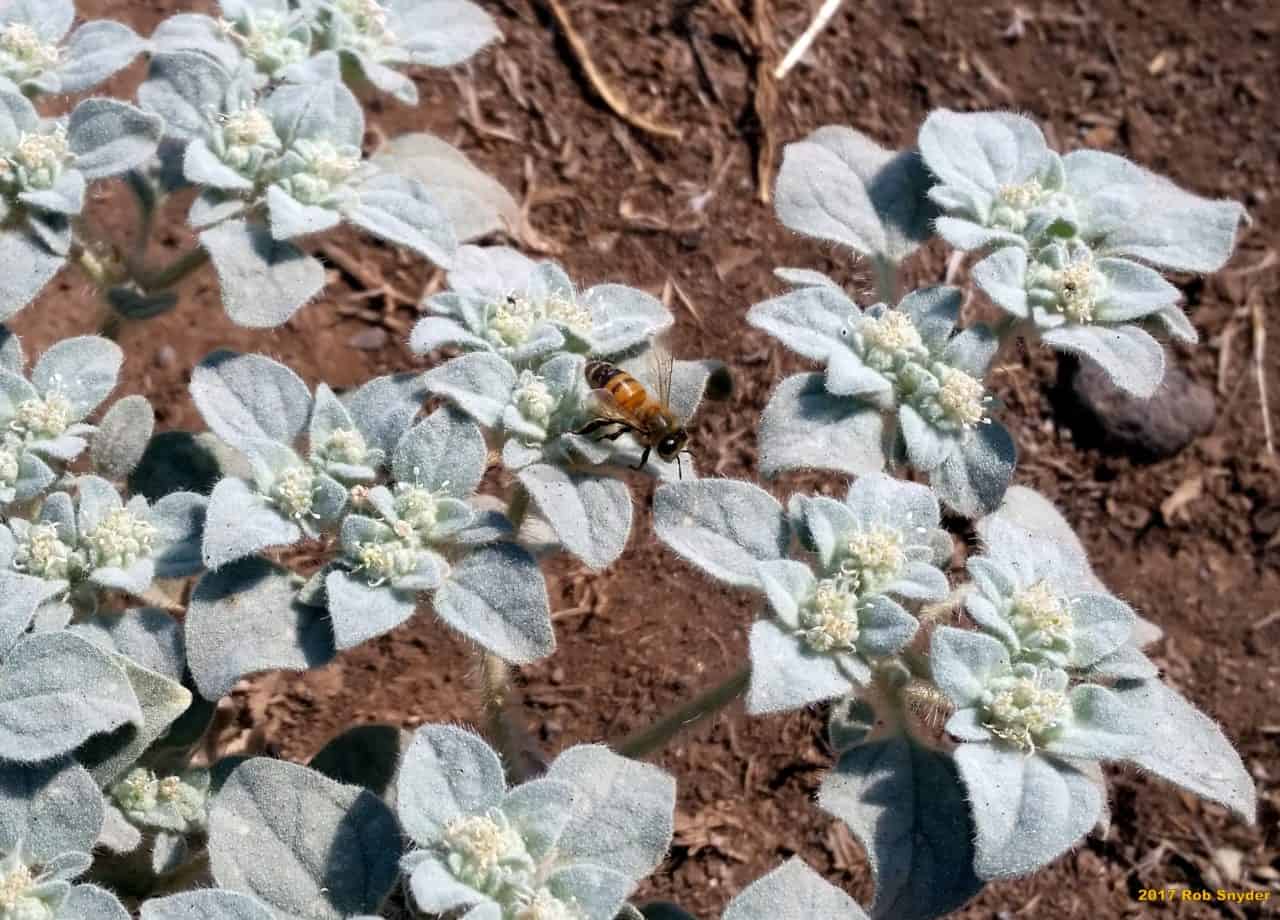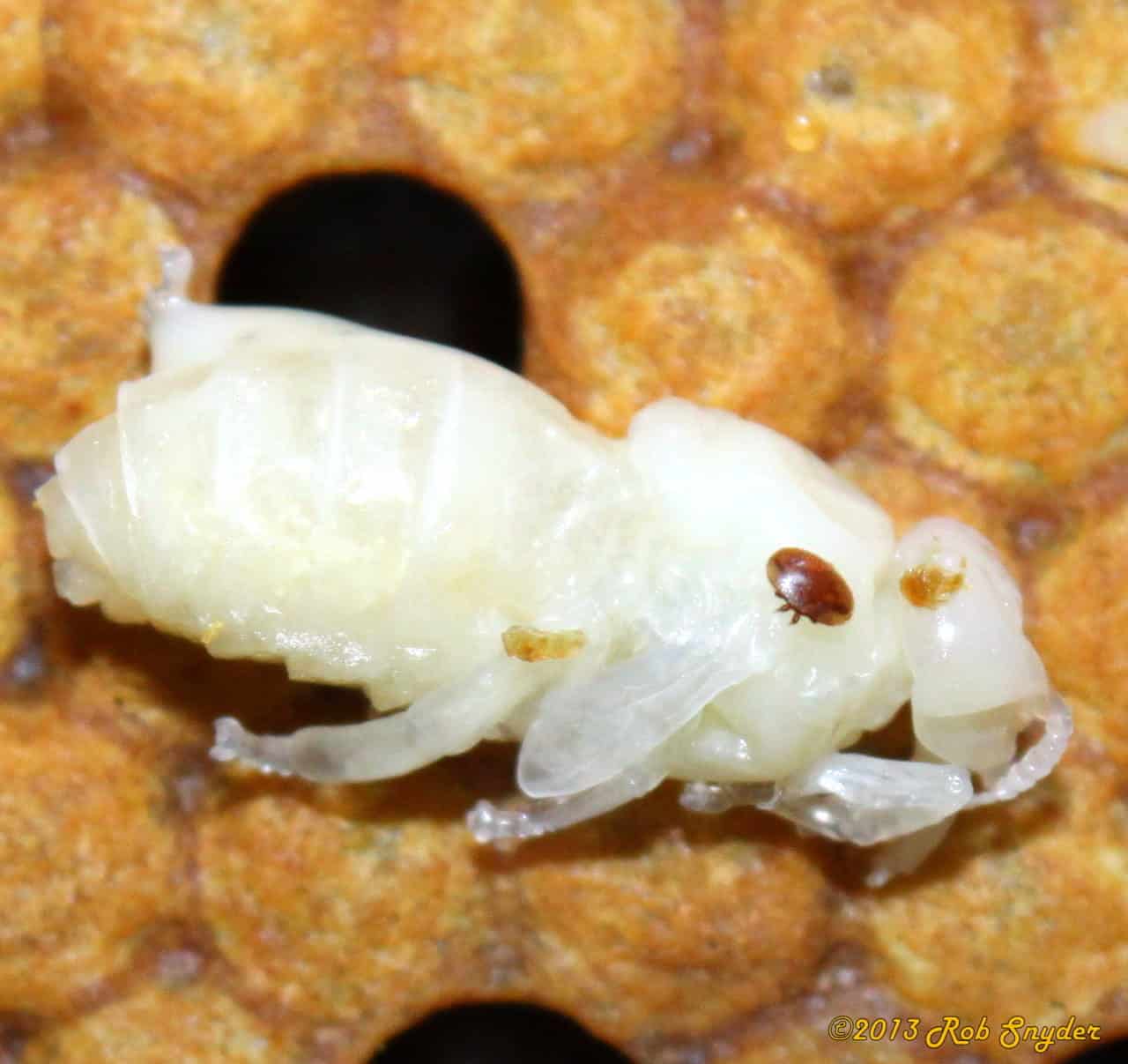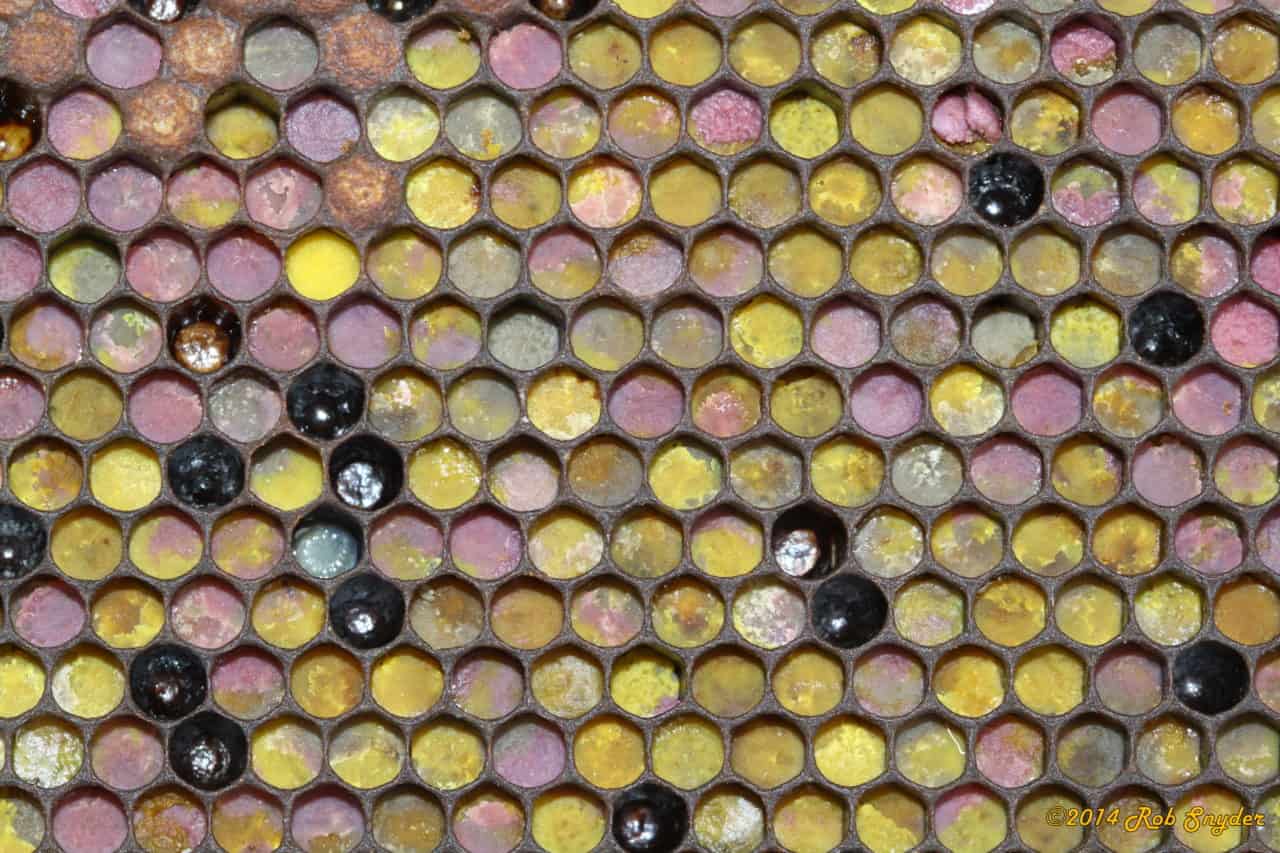In northern California, after a wet winter and spring it has been a really dry and hot summer. In the spring I saw a lot more chalkbrood than normal, something that was noted nationwide by our other teams. Below are a few images of some of the worst cases photographed. It has been the hottest summer in the 6 years I have lived in northern California, with many weeks above 100F. I was able to document how dry it has been this summer as I traveled around and sampled honey bee colonies for BIP. Other than the heat, beekeepers in northern California have been dealing…
Author: Rob Snyder
2017 Spring Pollen and Nectar Source: Pussy Willow
As spring approaches and the days grow longer, more plants are starting to bloom, including pussy willows. These plants usually bloom here in Northern California between February and March. There are several species of this plant but Salix discolor is the most commonly found. I usually find these trees near water though they are also used as ornamental plantings. There is a tree in the image below in bloom. Once you get closer to the trees, you can start to see the catkins, which are unique on this plant as opposed to the alders which are also in bloom now (For more information see Ben's…
Bee Informed Partnership Diagnosis and treatment of Common Honey Bee Diseases Wins Bronze!
At Apimondia this year our training manual for ‘Common honey bee diseases’ was submitted in the book category. This simple training manual was entered among many other highly competitive books and won a bronze award to our surprise! I originally wanted to create a honey bee disease/diagnosis manual because most of the literature had very small, poor quality photos which made disease identification difficult. So for the past 7 years I had been collecting images of the various bee diseases and pests I came across during colony inspections in Pennsylvania as well as in migratory operations around the country. In 2011, I moved to Northern…
Variable Efficacy of Mite Treatments?
Variable efficacy of mite treatments has been a constant battle for beekeepers in the past 28 years. However, there are some things we can do in the colony to increase a treatment’s efficacy. Many treatments available to beekeepers are spread through the hive by the bees and also by the bees fanning and ventilating the hive. This ventilation is a crucial part of the hive as a whole since pheromones are spread through the hive via ventilation and traffic from worker, queen and drone bees. Through my experience, and especially over the past 8 years, I have noticed many different types of beekeepers: there are…
Alfalfa Leafcutter Bee (Megachile rotundata)
Megachile rotundata (or the alfalfa leafcutter bee) is a species native to Eurasia that was introduced into the United States after the 1930’s because of a drop in seed production. This bee was brought into the US to increase pollination yields of Alfalfa for seed because honey bees are not the best pollinators of the crop. M. rotundata was also introduced to New Zealand (1971) and Australia (1987) for the same reasons. This solitary species is now widespread across the United States with many feral populations. Alfalfa has a tripping mechanism that triggers the stamen (pollen reproductive organ) to strike the pollinator enabling pollen transfer…
Spring in California 2014
The most opportune time for honey bee colonies in most areas of the U.S. is during spring build-up. The surplus of pollen and nectar that usually accompanies spring allows a growing colony to create a surplus of pollen and honey. It is also a time of year where the colony is trying to work through its kinks and get the colonies population dynamics under control as far as nurse bee to worker ratio. This ratio is crucial for hive ventilation and keeping moisture and bacteria from infiltrating the hive and causing problems. Some diseases that arise during this opportunistic time period are Chalkbrood, AFB, EFB…
2013 Honey Extraction in Oroville, CA
Here is a video I put together a few months ago from a honey extraction. As you can see from the footage, I did not have the best set-up but still was able to extract with the tools available. http://www.youtube.com/watch?v=YlF-_KwSEr0
European Foulbrood (EFB)
EFB is often found when nectar flows are sporadic or there is an insufficient number of nurse bees to attend brood. How does EFB spread? European Foulbrood (Melissococcus plutonius) is transmitted when the bacteria become mixed with the bee bread, nectar or diluted honey, and then fed to young larvae. The bacteria then replicate in the larvae mid-gut, killing the larvae within 4-5 days. This causes the larvae to die before sealed in most cases. When the larvae dies it is left in a “stomach-ache” position making it look contorted or twisted in the cell. If the larvae are fed a small amount of the…
BQCV (Black Queen Cell Virus)
So what is a virus? A virus is an infectious agent that parasitizes a host cell to replicate. Viruses can cause clinical symptoms, larvae death, or no symptoms at all. BQCV is caused by a virus in the family Dicistroviridae. BQCV is in the genus Cripavirus, which is different from other viruses like Acute Bee Paralysis Virus (ABPV), Israeli Acute Bee Paralysis (IAPV) and Kashmir Bee Virus (KBV) in the genus Aparavirus. Dicistroviruses infect many common insects like ants, bees, flies, leafhoppers, and aphids. The queen production industry is more likely to see this virus (hence its name) but it is still found in smaller…
Chalkbrood
Chalkbrood (Ascosphaera apis) is typically observed during the spring but symptoms can be seen throughout the year. Chalkbrood contaminates larvae when the spores are mixed with brood food. The fungus will outcompete larvae for food and eventually turn the larvae into a “chalk-like” mummy. The color of chalkbrood ranges from white to grey then starts to turn black-this is when the fungus is producing fruiting bodies. This is the most infectious stage of chalkbrood. The black looking mummies are often what you see outside on the entrance board or in front of the hive. At this point these mummies can spread spores to other colonies…



